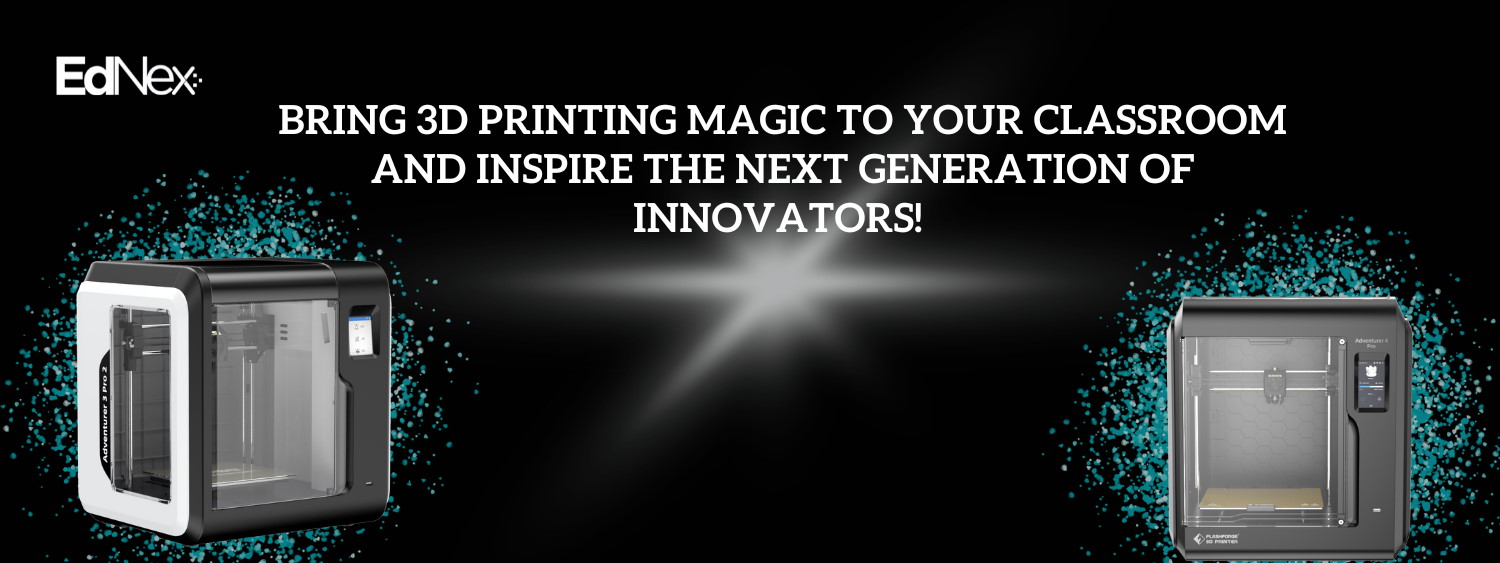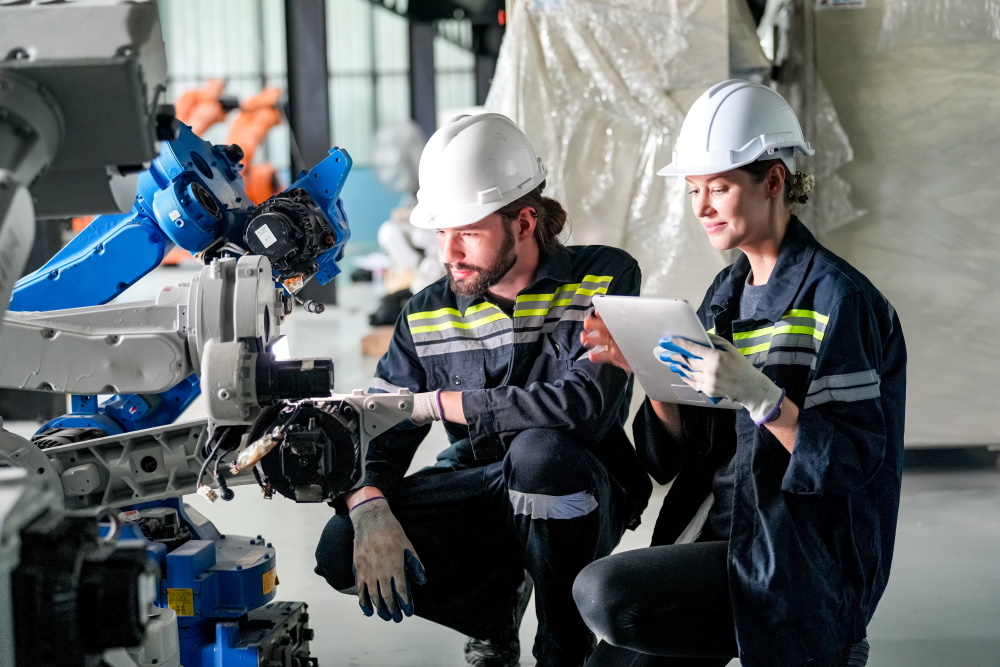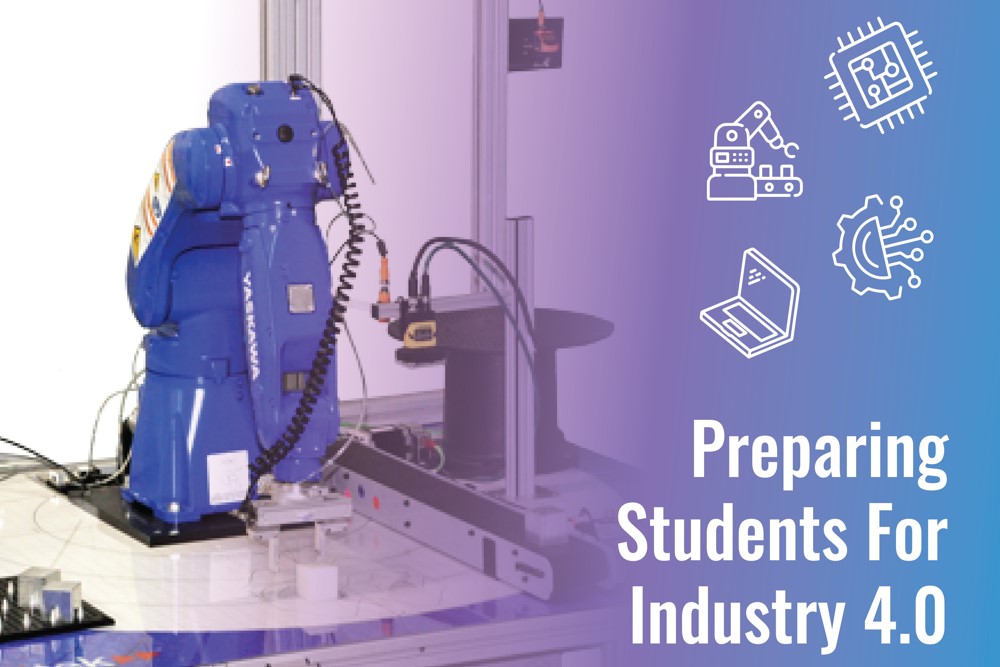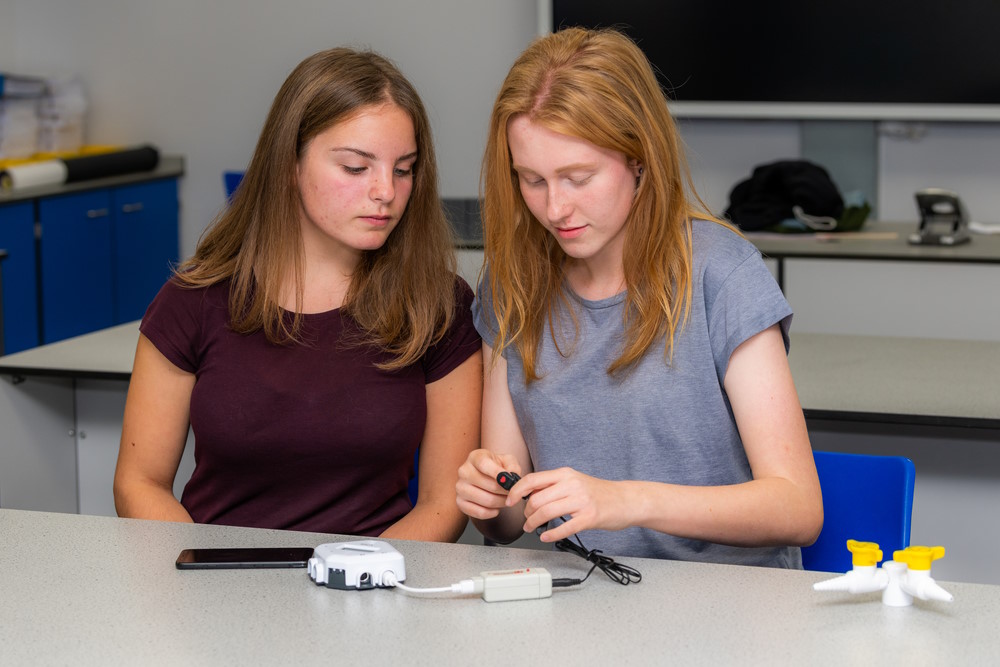
Technology Education has been undergoing rapid evolution over the last decade, changing from traditional lectures and demonstrations to more hands-on, self-paced learning modules. Experts and educators alike can attest that when students ‘do’ more when they are learning, it not only helps them understand the concepts better but also helps them develop a more proactive interest in their education.
Arduino Education is an open-source prototyping platform that employs simplified hardware and software solutions to teach electronics and coding to STEAM students. They design and develop best-in-class set of tools for learning, growing, and innovating., their products and software are available in a wide-range of options and compatible across platform. You start with simple, entry level products and help students power their first creative project, gradually progressing and increasing complexities as the student gains skills and experience.
They aim to introduce students to the world of electronics in a fun and engaging manner. Arduino provides relevant education tools for children and young adults throughout their educational life in one or more of the following ways.
1. Provide Easy-to-Use Technologies (Hardware and Software) for Beginners and Experts alike
Arduino hardware includes products like boards, modules, shields, and kits. These products are relatively inexpensive and can be bought from trusted vendors online, or students can build their own Arduino board by using step-by-step guides provided on their website.
Arduino software provides easy programming experience for students with different levels of skills, making it good for beginners. Students can start coding immediately with Arduino IDE and use simple-one click mechanisms to compile and upload programs to an Arduino board.
With Arduino cloud services, you can develop a network of devices and understand the fundamentals of IoT (Internet of Things) quickly and easily.
2. Connect students with a world-wide community of learners and educators
The open-source nature of the Arduino project has resulted in many free software libraries and project hubs. These libraries include design specifications, schematics, and software that can be accessed by students and teachers to augment their projects.
A community of students, educators, and programmers has grown around the Arduino platform, helping members learn easier together. People can start conversations in the Arduino forum, connect, collaborate, and provide support, conduct group activities, and get inspired with the Project Hub.
3. Build Comprehensive Learning Kits to support students at all levels of their education
Arduino Education provides comprehensive learning kits in electronics, programming, and coding for middle school, high school, and universities-level students. These kits facilitate everyday learning, helping students improve their communication, critical-thinking skills, and group learning. It includes all the hardware, software, and online learning modules that assist students through each step with a step-by-step guide.
Students from all over the world use Arduino kits to express themselves and their ideas through creative projects in engineering, mechatronics, data processing, and IoT.
4. Help Students and Teachers Validate their Skills with Official Certification Exam
Arduino conducts certification exams that help gain insights into a student’s skills and learning progress. The exam content is packed with exciting concepts like electricity, programming syntax, electric components, Arduino IDE, circuits and schematics, etc. These exams are web-based and can be completed from any device, anywhere.
Conclusion
Arduino is a learner’s platform, working with and for a robust global community to revolutionize the field of technology learning, electronics, and programming. They aim to encourage and inspire, to help students innovate and build projects with the latest Arduino tools and software.
We at EdNex have partnered with Arduino Education to build the next-gen technology labs and empower the workforce of tomorrow. Check out our classroom solutions to know how we use Arduino boards and software to transform classrooms for more intuitive, experiential learning.







Leave A Comment